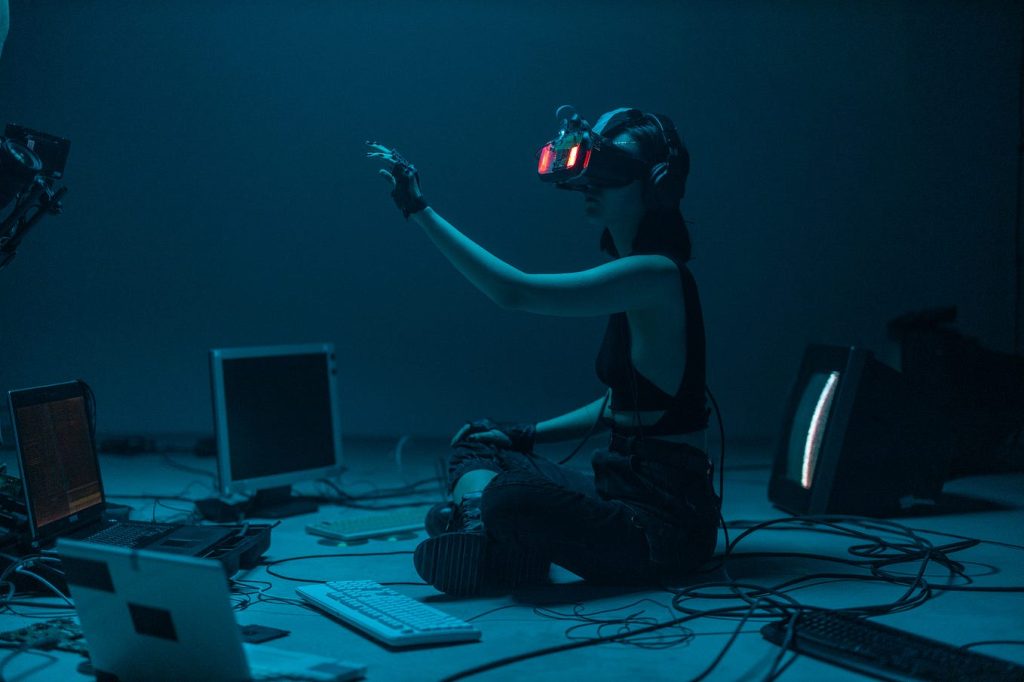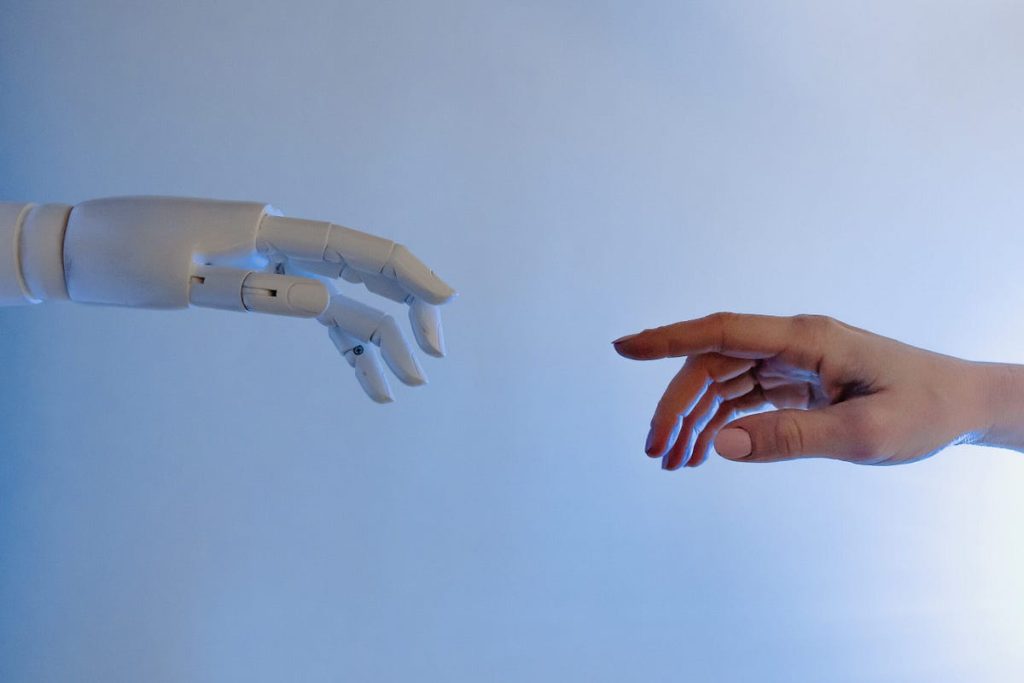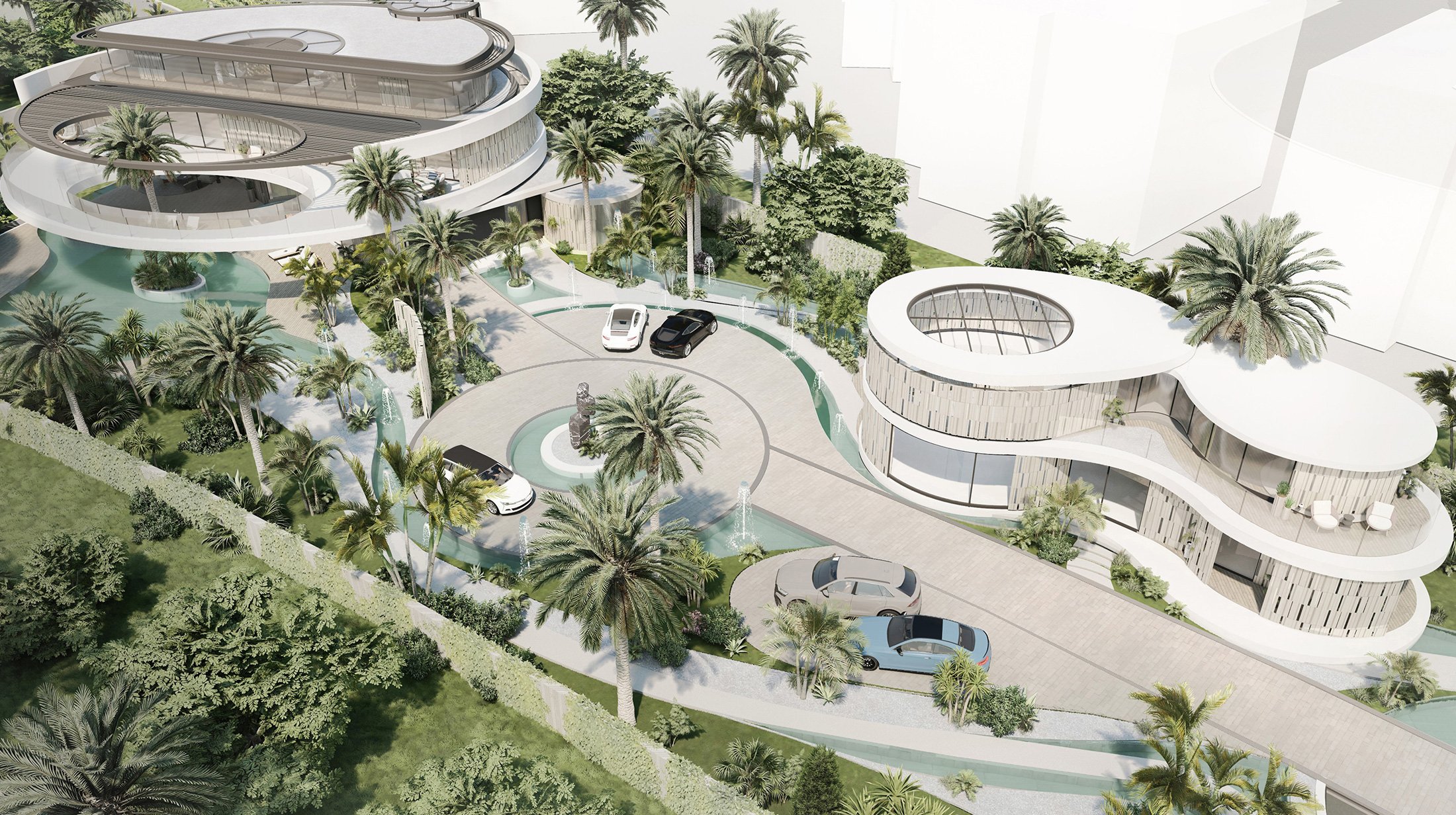
5 min read
The advent of Artificial Intelligence also known as AI has brought about groundbreaking advancements across numerous industries, and architecture is no exception.
AI technologies have transformed the way architects approach design, planning, and execution of projects.
It has also brought about a new era of possibilities in architectural design for clients of architecture agencies around the world.
As AI continues to evolve, its impact on the architecture industry is undoubtedly set to grow exponentially.
Join us in this blog as we delve deeper into the benefits, challenges, and future possibilities of AI in architecture from the dual perspectives of clients and architecture agencies.
Enhancing Design Capabilities
From the client’s perspective, AI opens up a realm of possibilities for architectural design. AI-powered algorithms can analyze vast amounts of data, including client preferences, site conditions, environmental factors, and historical design patterns, to generate innovative and optimized design solutions.
This allows architects to create designs that are more personalized, functional, and aesthetically pleasing, all at once.
For architecture agencies, AI serves as a powerful tool that amplifies their creative potential. AI algorithms can process large datasets, helping architects identify patterns and generate design options that align with the client’s requirements.
The benefits of AI can go further yet as machine learning algorithms are able to learn from existing architectural designs, enabling the generation of new designs that blend creativity with practicality and functionality.
Streamlining Planning and Visualization
AI technologies also streamline the planning and visualization stages of architectural projects. Virtual Reality (VR) and Augmented Reality (AR) applications powered by AI enable clients to immerse themselves in a realistic 3D representation of their future building.
This allows clients to better understand and visualize the proposed design, providing valuable feedback before construction begins.
From the architecture agency’s perspective, AI assists in optimizing the planning process by automating tasks such as generating floor plans, creating lighting simulations, and conducting structural analyses.
By automating these tasks, architects can save time, reduce errors, and focus on more complex design aspects. AI algorithms can quickly evaluate multiple design options, helping architecture agencies present clients with well-informed choices.
In his interview with Dezeen, Bill Cusick – creative director at Stability AI – shares on AI: “I’m seeing a sort of playfulness in design that I don’t think we’ve ever seen before in terms of architectural design and renderings.”

Sustainable Design and Energy Efficiency
Sustainability has become a crucial aspect of architectural design. AI plays a pivotal role in promoting sustainable practices by enabling architects to create energy-efficient buildings. AI algorithms can
analyze environmental factors, such as solar exposure, wind patterns, and climate data, to optimize building orientation, materials, and energy systems.
This results in buildings that consume less energy, reduce carbon footprint and provide enhanced comfort for occupants.For clients, AI-driven sustainability solutions provide long-term benefits, including reduced energy costs and improved environmental impact.
Architecture agencies equipped with AI capabilities can offer clients sustainable design options that align with their goals, enabling them to make informed decisions based on energy efficiency and environmental stewardship.

Challenges and Ethical Considerationsalization
While the integration of AI in architecture brings numerous benefits, it is crucial to address the challenges and ethical considerations that arise.
One significant concern is the potential loss of human creativity and craftsmanship. Critics argue that relying heavily on AI algorithms may lead to a standardized approach to design, compromising the uniqueness and individuality of architectural creations.
Therefore, architects and clients must strike a balance between AI-driven efficiency and human ingenuity.
Another ethical consideration revolves around data privacy and security. AI systems rely on vast amounts of data, including client preferences and building information. Architecture agencies must ensure the proper protection and ethical use of client data to maintain trust and confidentiality.

Top Architecture AI Tools for Architects
Our experts at Joe Aoun Architecture have rounded up a list of their top-tier architecture AI tools that encompass a range of innovative technologies empowering architects around the world to streamline and enhance their design processes, thus enabling them to create more innovative, sustainable, and client-centric designs.
From generating design options and optimizing building parameters to conducting interior and lighting simulations, here is a list of 26 architecture, interior design, and 3D modeling AI tools that come highly recommended:
Architecture AI Tools
- Adobe Firefly
- Maket.ai
- Midjourney
- Spacemaker
- Sidewalklabs
- Getflorplan
- Archistar
- TestFit
- Interior AI
- Digital Blue Foam
- Hypar
- Cove tool
Interior Design AI Tools
- Planner 5d
- Homestyler
- SmartDraw
- HomeByMe
- Havenly
- Hutch
- RoomGPT
- Leaperr
- IKEA Place
- LexSet.ai
3D Modeling Architecture AI Tools
- Kaedim
- TextureLab
- Lumalabs
- Plask

Top Architecture AI Tools for Architects
As AI continues to evolve, the future of architecture looks promising. The integration of AI with Internet of Things (IoT) devices will enable architects to create smart buildings and smart homes that can adapt to occupants’ needs in real time. AI-powered sensors can monitor building performance, adjusting lighting, temperature, and energy usage accordingly.
Additionally, AI algorithms can enhance the construction phase by optimizing material selection and reducing waste. Robots equipped with AI can perform repetitive and labor-intensive construction tasks, reducing the risk of human error and increasing efficiency.
On this note, and as future applications of advanced technologies are still up for debate, Andrew Kudless – founder of the design firm Matsys and Associate Professor of Architecture at the California College of the Arts in San Francisco – tells Dezeen: “It’s meant to capture a vision of a project quickly”.
He adds furthermore that the technology may come to be essential in the early stages of projects, taking the place of sketching and idea creation.

The incorporation of AI into architecture has revolutionized the industry, benefiting both clients and architecture agencies. From personalized design solutions to streamlined planning and visualization, AI empowers architects to create innovative and sustainable buildings.
However, challenges such as preserving human creativity and addressing ethical considerations must be addressed. With continuous advancements in AI technologies, the future of architecture holds tremendous potential, paving the way for smarter, more sustainable, and aesthetically captivating structures.
Regardless of differing opinions on its technological evolution and implications for architects, designers, and the future of the architecture and design profession, the integration of AI is inevitable.

